How to transplant succulents correctly
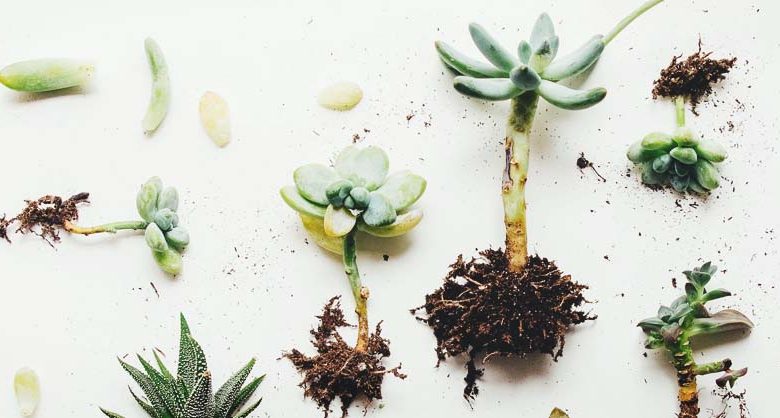
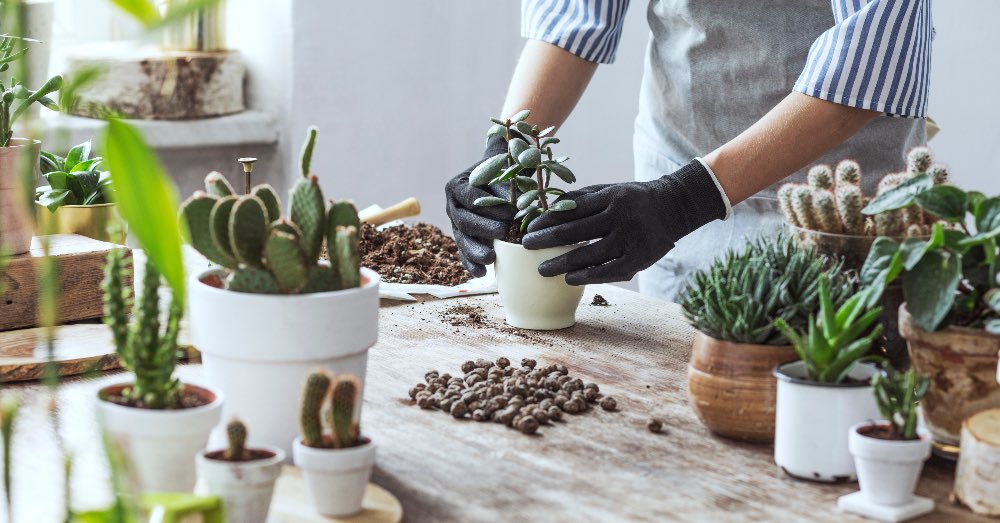
If you are a lover of this unique botanical family, surely you have ever wondered how to transplant succulents. Something that, despite what it may seem at first glance, is much simpler than it seems with some simple and necessary guidelines. And we say necessary because succulents, once rooted, are not only fast-growing but also prone to putting us on a plate when it comes to reproducing them.
Beyond these succulents that can grow out of our succulents (they are nothing more than new plants and, in addition, it is recommended that they have their own pot to prevent them from weakening the mother plant), the truth is that all the plants of this family (including cacti) appreciate a change of pot to a larger one every two or three years.
This is a way to help them have more space to grow to their liking and, in addition, to renew the substrate with another one with new nutrients (despite the fact that the soils that these types of plants need are relatively poor).
WAYS TO TRANSPLANT SUCCULENTS
Just as important as knowing how to care for succulents is knowing how to transplant them. A fact that, although it is relatively similar to that of any other plant, has a singularity: the root system of succulents. On the one hand, this system will help us transplant it more easily (since the roots create a tangle that is easy to manipulate without damaging it). However, when it comes to making divisions of these new plant buds we will have to be especially careful.
Both in one case and in another, we must avoid carrying out any transplant in the winter months (since, in the event that a root is damaged, the cold and humidity can rot the plant) postponing this work for spring and summer, which are the growing seasons of the plant.
With these considerations in mind, let’s look at both cases to learn how to transplant succulents correctly.
1. Transplant succulents from pot to pot
As we said before, every so often (two, three years) the ideal is that we transplant our succulents to move them to a larger pot. When to transplant a succulent will tell us, to a large extent, the plant itself: if we see the roots appear through the drainage holes of the pot or the plant already occupies a good proportion of the pot, the time will have come to make it more comfortable.
This comfort does not mean that we transplant it to a pot of enormous dimensions but that a slightly larger one than the one it had up to that moment will suffice. What’s more: transplanting succulents into a pot much larger than the plant can be counterproductive, as they will store more moisture than the plant may need.
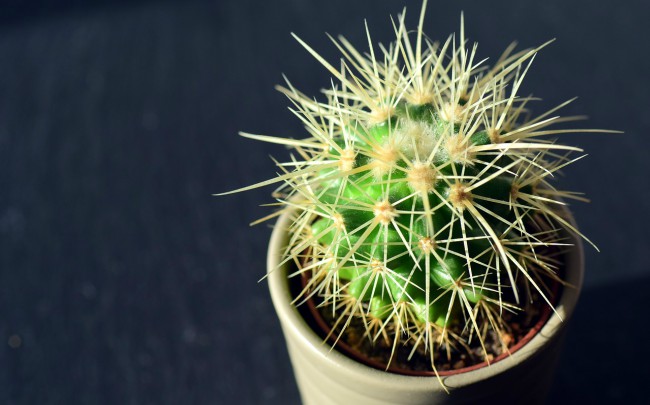
If taking into account the dimensions of the new container is important, it is no less important to know how to choose a pot correctly. Let us remember that plastic pots tend to accumulate more water given their impermeability, while clay pots eliminate moisture better through their pores (so they are the best option when it comes to succulents).
With the ideal container prepared: we will fill the bottom with good-sized stones (which prevent the drainage holes from being blocked) before filling the pot with a specific substrate for cacti and succulents (which will have the necessary proportion of plant components, which facilitate drainage, and soil). In addition, and with a view to helping the growth of the plant, the ideal is to add a slow-release fertilizer to this mixture (which will do its job slowly but surely) before placing the plant (which we will plant like any other: covering with substrate its roots and leaving the green part a couple of centimeters below the edge of the pot).
With the ideal container prepared, we will follow this process:
1. We will fill the bottom with good-sized stones. The purpose is to prevent the drainage holes from becoming blocked.
2. Next we will add to the pot soil and a specific substrate for cacti and succulents that will have the necessary proportion of plant components to facilitate drainage.
3. Later, with a view to helping the growth of the plant, we will add a slow-release fertilizer to this mixture that will do its work slowly but surely.
4. Finally we will place the succulent that we will plant like any other plant: covering its roots with substrate and leaving the green part a couple of centimeters below the edge of the pot.
2. Transplant new succulents
It is more than usual that, from the original plant, we see the shoots sprout: a new succulent genetically the same as the mother plant. It is a wonderful opportunity to propagate a certain succulent thanks to these small new plants that can be born on the stem or on the leaves themselves (depending on their species); and that we will have to monitor since, when they acquire a significant size, they can lead to the exhaustion of the main plant.
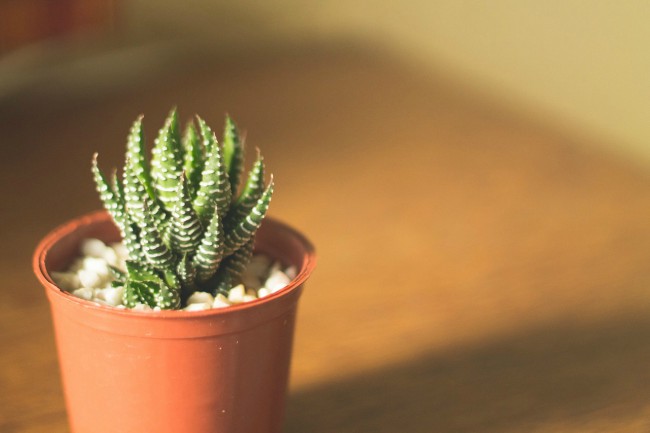
To avoid this, it is advisable to wait until they reach a good size and consider a transplant. In this case, it will be somewhat more delicate than in the pot-to-pot, since we will have to untangle the roots without damaging them for the transplant to prosper correctly. To do this, the ideal is to remove the succulent from its pot and shake the soil before starting to unravel the root system. It is a task that we will have to carry out with a lot of patience and, in case they are born directly from the plant, we will have to apply fungicide (both to the original plant and to our new succulent project) on any wound that we can make to the plant. plant.
Thus, we will keep the suckers unplanted for a few days until any wound on their roots is healed. Next, we will move them to a pot with the appropriate substrate. And, for that first watering that we believe is essential, we will need a little more patience: the ideal is to let the plant acclimatize to its new state and the roots are nourished by the soil that we have prepared for another week before watering.
And you, what succulents do you have at home? Have you encouraged to transplant them? Tell us your experience!

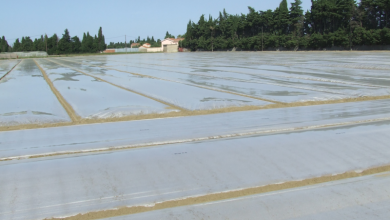
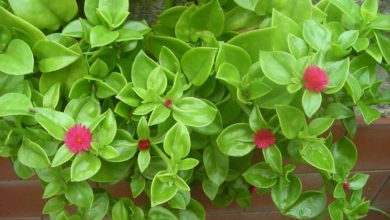
![Photo of Winter Garden Care: [Soil, Moisture, Pruning and Problems] garden in winter?](https://www.complete-gardening.com/wp-content/uploads/2022/08/winter-garden-care-soil-moisture-pruning-and-problems-garden-in-winter-390x220.png)
